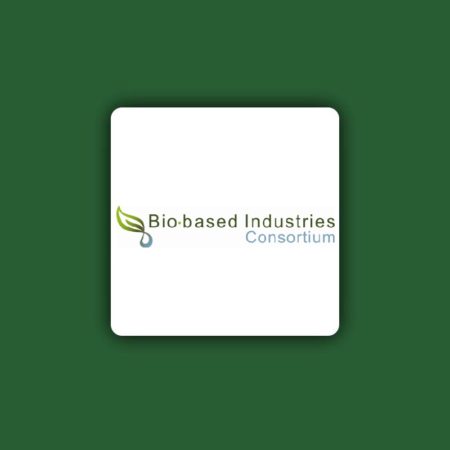Measuring the environmental, economic and social impact; the different kinds of biomass used and needed today and in the future; developing scenarios; analyzing the impact of different, sometimes conflicting policies; all of is vital information for the bioeconomy to be as impactful as it can be in helping the EU to achieve its sustainability goals and also convincing society how valuable the bioeconomy is a more sustainable way of living. In short, measuring the bioeconomy is crucial for making the right decisions.
There are already some existing tools, but better ones that are more recognized and effectively measure and monitor the bioeconomy will, as EU policy-makers often say, “take the bioeconomy from niche to norm”.
That is one of the reasons why we at the Bio-based Industries Consortium are so interested in the EU BioMonitor project. Over the past four years, BioMonitor aimed to establish a robust and sustainable statistics and modelling framework for the bioeconomy. This would facilitate an understanding of how the EU’s bioeconomy operates and influences future sustainability goals, taking into account how producers, consumers and policy makers behave. The project aimed to identify the bioeconomy’s contribution towards economic growth (and other indicators); to improve the database for assessing the contribution of bio-based products; and to create a toolbox with models and other quantitative methods to project how the bioeconomy might develop until 2050.
We recently held a webinar for BIC members during which some of the participants of the BioMonitor project presented results that gave insights into some of the results specifically useful for the bio-based industry.
Our sector is investing in Europe, but if we want to capitalize on any changes to the future political and economic conditions under which the bioeconomy and bio-based industries currently operate, we need in-depth analysis and good forecasting to make the right decisions. With insightful monitoring and data, the bioeconomy can make an even greater contribution to helping Europe become more green.





